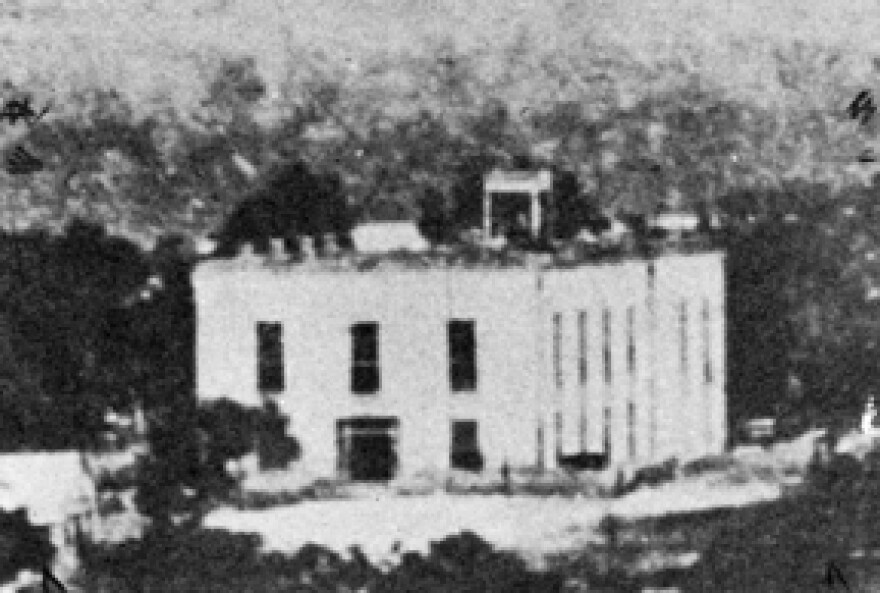This story was originally published on Nov. 4, 2015.
For whatever reason, courthouses in Travis County are always hard-built.
Last night, voters rejected a proposal to build a new courthouse to replace the 84-year-old Heman Marion Sweatt Courthouse in downtown Austin. But, while some say a new building is long overdue, it’s not the first time Travis County voters have said so.

The county’s had three (official) courthouses in its history, all of which served the citizens of Travis for decades. Prior to the first courthouse’s construction in 1855, those in the Austin area used several buildings as de facto courthouses, including one building in Montopolis, which was incorporated before the City of Austin and nearly became the site for the city. It’s unclear when the building was built or demolished but, given the timeframe, it lasted at least 82 years – it was built before the 1855 building and wasn’t demolished until at least 1937.

The county’s first official courthouse was built in 1855 and was located near what’s now Republic Square Park. The two-story building served as courthouse until 1876, when the county gathered the money – with the help of bonds, naturally – to build a new one that was, as an article in the Weekly Democratic Statesman put it, “commensurate with the importance and growth of the capital of Texas.” Demolished in 1906, the building lasted 51 years.

The county’s next, and perhaps most stately-looking, courthouse lasted 88 years – from 1876 to 1964. It only served as the county’s courthouse for 55 of those, however.
And residents of Travis County were seemingly fed up with it long before it was decommissioned in 1931. Calls to replace what was referred to as the “bat roost” began in the early 20th century. After 37 years, a Statesman article from 1913 said it was “undisputed” that Travis County needed a new courthouse:
The present building is not only too small and unsatisfactorily arranged, but the site is not one which reflects credit to a county the size of Travis, to say nothing of the fact that this is the State Capital and is therefore worthy of a better building than some of the other counties.
Thirteen years later, the paper marked the architectural albatross’ 50th birthday on June 1. A year later, in 1927, voters rejected an August election to fund a new courthouse on 10th Street.

“The news of Austin’s lethargy has gone out over the state,” the Statesman wrote in reference to a particularly disparaging Associated Press wire article, which read:
The urban population of Austin, which regards the old structure as a sour note in the gentle melody of progress, cherished no illusions as to what the missing rural vote will do to bonds.
Two years later, money was approved to build a courthouse near Wooldridge Park. The building was completed in 1931, only to outgrow its size, requiring renovations in both 1958 and 1962.
In 2005, the building was named after Heman Marion Sweatt, a civil rights hero whose 1950 U.S. Supreme Court case ended segregation at the University of Texas.





